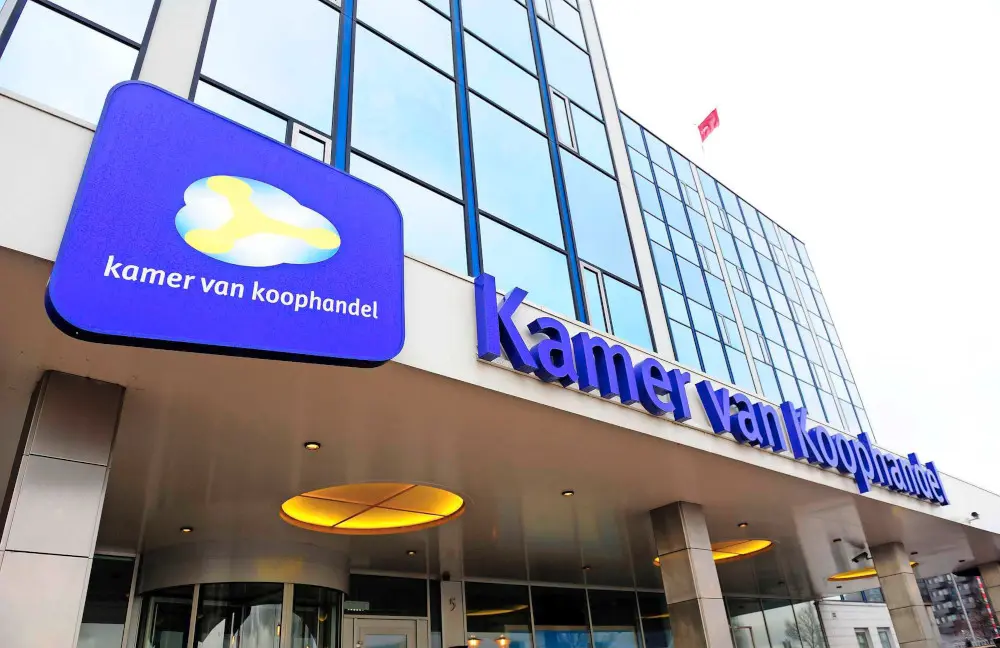
You register with the Chamber of Commerce
Do you want to start your own business in the Netherlands? Then you need to register as a business owner with the Dutch Chamber of Commerce (CoC). Read here how that works.
Register as a entrepreneur
Do you want to work full-time as a business owner? Then you are required to register in the
A proof of residence from the
Immigration and Naturalisation Service (IND)a personal number called a
citizen service number (BSN)A
DigiD
Please note: If you already have a business in your home country and want to continue with it, you can still register with the Chamber of Commerce. You will need the original documents for the company.
Apply for a DigiD to log in to Dutch government websites
You register at an address in the Netherlands
You need an address in the Netherlands to do business in the Netherlands. If you do not have an office address, you can use your home address. Your address will appear publicly on the CoC website. People searching for your business can find your address online.
If you live at a reception centre, you must check with the location to see if you can register your business at this address.
Make an appointment at the Chamber of Commerce
If you have a DigiD, you can prepare your registration with the CoC online and make an appointment to visit the CoC.
An employee of the CoC will finalise your registration with the CoC at the appointment. From that moment, you are registered as a business owner and can start your business.
Your contact at
The Dutch Chamber of Commerce
You can visit the Chamber of Commerce for advice
You can contact the CoC for advice and information on matters such as drawing up a business plan, financing and the legal obligations you have as a business owner.
The CoC also offers courses for business owners in the Netherlands. If you are registered with the CoC, you can often take advantage of these for free.